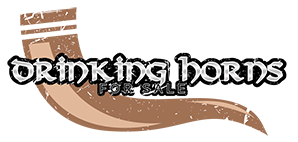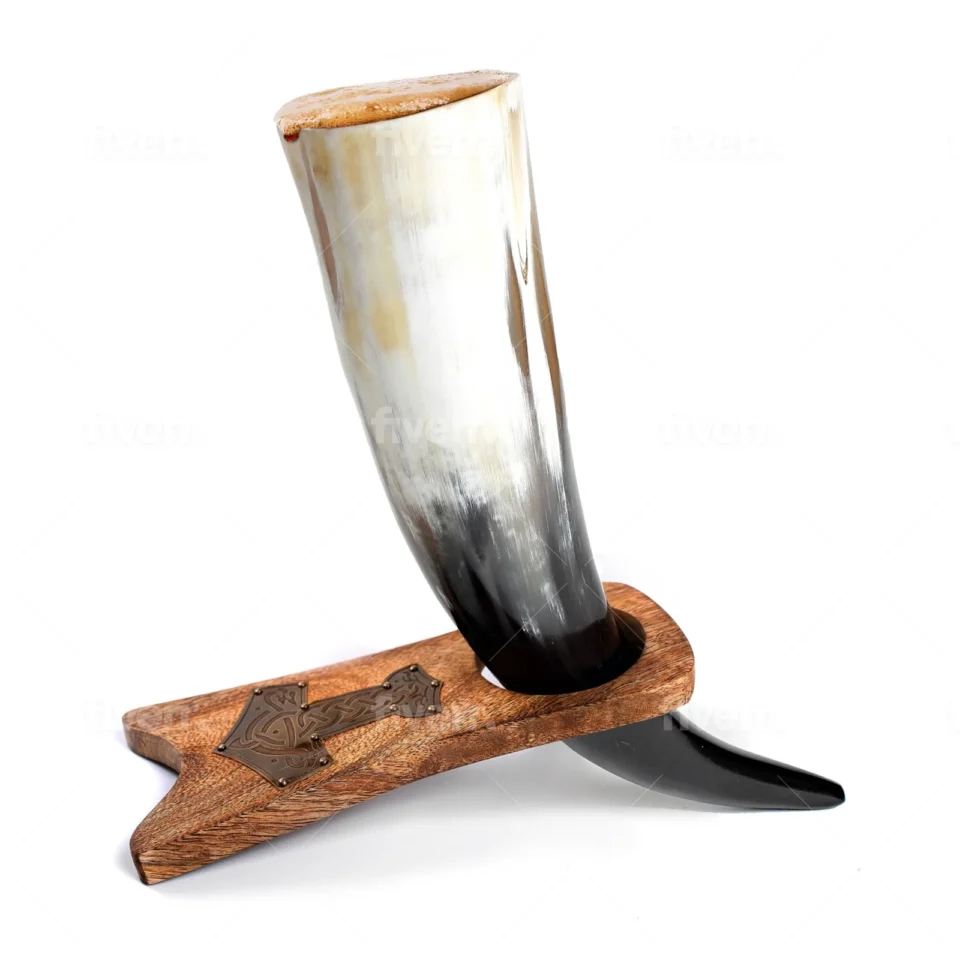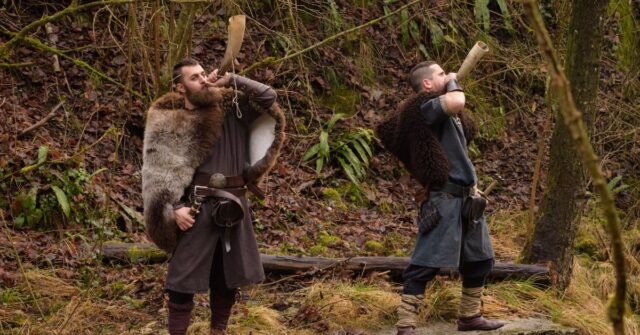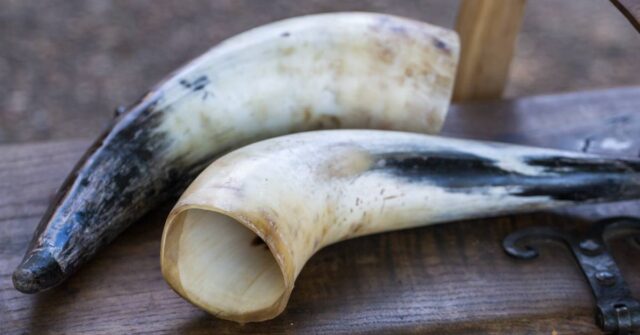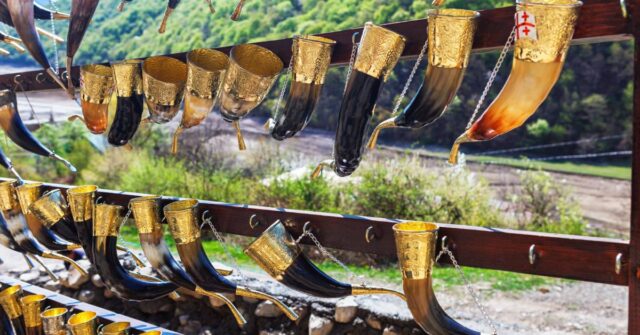Drinking horns have held a captivating role in many cultures, brimming with rich symbolism and artistry.
These iconic vessels were not merely for drinking but were deeply imbued with social and spiritual significance that echoes through the centuries to today’s historical enthusiasts and collectors.
Introduction to Drinking Horns
Drinking horns date back to Classical antiquity and have been utilized across various civilizations, each adding its unique touch to the crafting and use of these fascinating objects.
Historical Overview of Drinking Horns
Originating as practical drinking vessels, these horns were crafted from bovine and other large animal horns and were often associated with the affluent and warrior classes in societies from the Norse to the Celts in Europe and even in some African tribes.
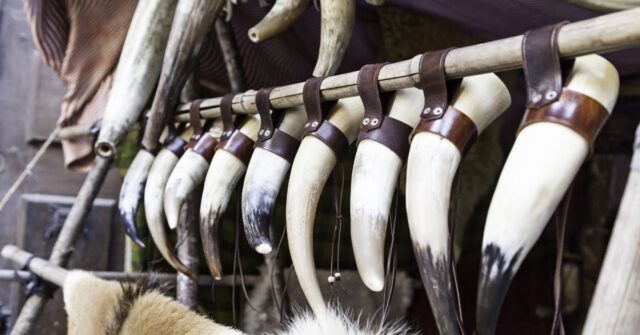
Materials and Crafting Techniques
Traditional drinking horns were typically made from cattle, buffalo, or even exotic animals like elephants. The crafting process involved boiling to soften and shape them, followed by polishing and sometimes embellishing with metals or precious stones.
Global Variations in Drinking Horn Use
While Norse cultures are often the most associated with drinking horns, their use was widespread in Eastern Europe, the Middle East, and parts of Africa, with each region contributing its stylistic and functional nuances to the design of these artifacts.
The Symbolic Significance of Drinking Horns
The drinking horn’s value extended beyond its physical use to embody profound symbolic meanings within various communities.
Symbolism in Ancient Cultures
In many cultures, drinking horns symbolized abundance and power, often used in ceremonies to swear oaths or celebrate victories.
Religious and Ceremonial Uses
Drinking horns played a crucial role in religious rituals, often dedicated to gods of fertility or war, underscoring their spiritual significance.
Drinking Horns in Mythology and Legend
Mythologies, especially Norse, are rife with references to gods and heroes drinking from horns, often magical in nature, signifying divine connections and immortal endeavors.
Iconography and Motifs
The decorations on drinking horns are as varied as the cultures that created them, each motif rich with its own story and significance.
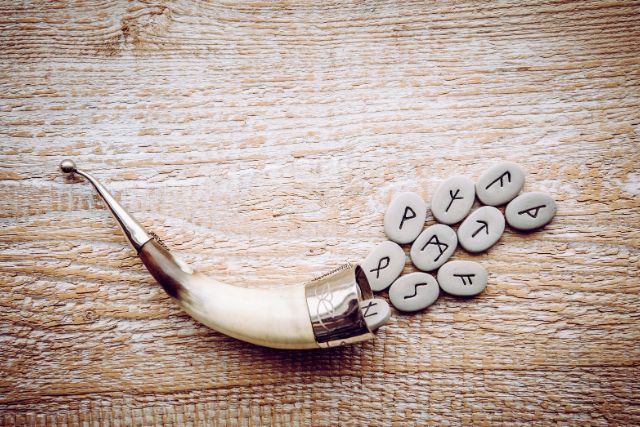
Common Themes and Symbols
Animal motifs, intricate knotwork, and runic inscriptions are common, each chosen to convey messages of strength, courage, or protection to the bearer.
Interpreting Animal Motifs
Animals like serpents, wolves, or eagles were popular, each symbolizing various attributes such as wisdom, strength, or sovereignty.
The Role of Inscriptions and Engravings
Runic and script inscriptions were often invocations for blessings, power, or commemorations of significant events, deeply personalizing each horn.
Regional Differences in Decoration
Drinking horn decorations varied significantly from region to region, reflecting local artistic and cultural influences.
Scandinavian Drinking Horns
Scandinavian horns are famously intricate, often featuring detailed carvings of Norse mythology and elaborate metalwork.
Slavic and Eastern European Traditions
In contrast, Eastern European horns were often simpler, focusing on geometric patterns and the natural beauty of the horn itself.
Impact of Trade and Cultural Exchange
The exchange of goods and ideas along trade routes like the Silk Road introduced new styles and techniques in horn decoration, enriching the art form.
Contemporary Significance and Use
Today, drinking horns are experiencing a resurgence in popularity, not only as historical replicas but also as functional art pieces in modern ceremonies.
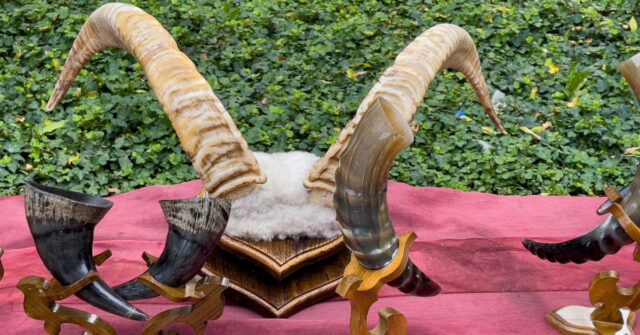
Drinking Horns in Modern Ceremonies and Reenactments
Reenactment groups and historical enthusiasts often use drinking horns to bring a touch of authenticity to their celebrations and rituals.
The Revival of Crafting Techniques
Artisans today blend traditional and modern techniques to create drinking horns that respect historical accuracy while embracing contemporary aesthetics.
Collecting and Preserving Antique Drinking Horns
Collectors of antiques seek out well-preserved examples of historic drinking horns, valuing their cultural and artistic significance.
Case Studies and Notable Examples
Exploring specific drinking horns provides unique insights into their cultural, artistic, and historical contexts.
Each case study highlights a different aspect of drinking horn use and decoration, reflecting the intricate relationship between human societies and their ceremonial artifacts.
Analysis of Specific Historical Pieces
The Sutton Hoo Ship Burial, dating back to the early 7th century in England, included an ornate drinking horn that was likely used for ceremonial purposes.
This artifact showcases intricate metalwork typical of Anglo-Saxon art, suggesting a high status of the owner.
The horn’s decorations emphasize themes of war and peace, reflecting the social and political climate of the period.
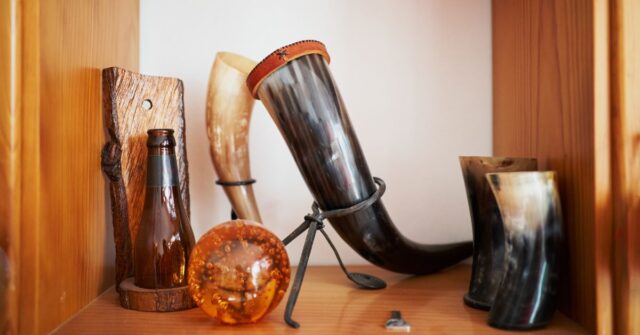
Exhibitions and Collections Highlighting Drinking Horns
The Metropolitan Museum of Art hosted an exhibition titled “Art of the Viking Age,” which featured several drinking horns.
These pieces varied from simple, polished horns to elaborately decorated ones with gold filigree, demonstrating the range of artistic expression and social significance attributed to such items across Viking society.
Interviews with Historians and Artisans
Dr. Helena Ashby, a historian specializing in medieval artifacts, provides insight into the symbolic meanings behind drinking horn engravings.
In an interview, she explained that animal motifs, particularly lions and eagles, were popular in medieval Europe for their associations with strength and sovereignty.
Meanwhile, modern artisan Jacob Müller discusses the resurgence in traditional techniques used to recreate historical drinking horns for contemporary enthusiasts, highlighting the blend of historical fidelity and modern craftsmanship.
Conclusion
In exploring the symbolism and artistry of drinking horns, we gain a deeper appreciation for their role in human history and the continued fascination they hold in modern culture.
These remarkable objects serve as more than just drinking vessels; they are a window into the past, offering insights into the values, beliefs, and artistic expressions of ancient societies.
